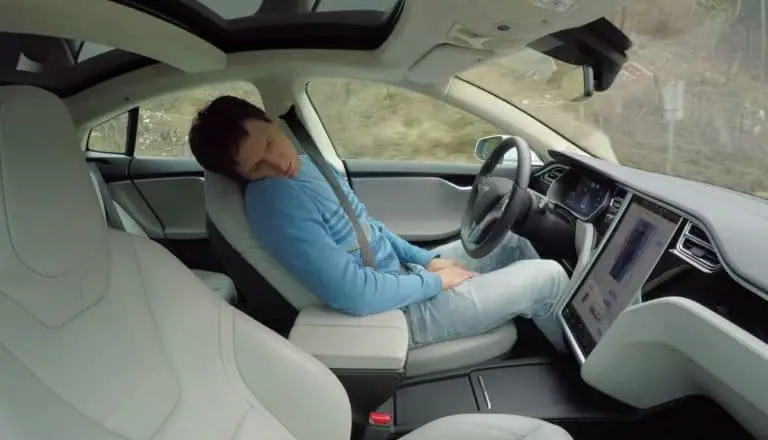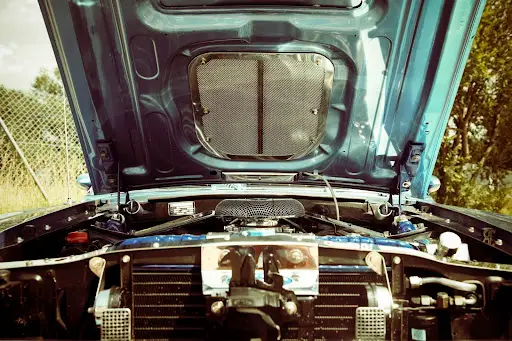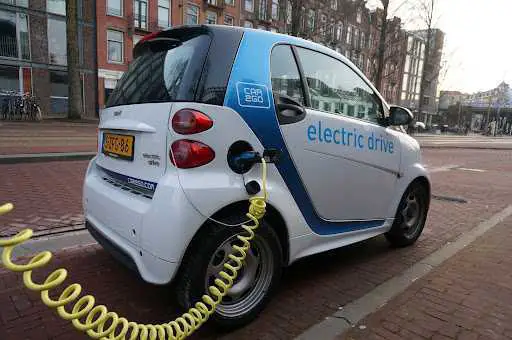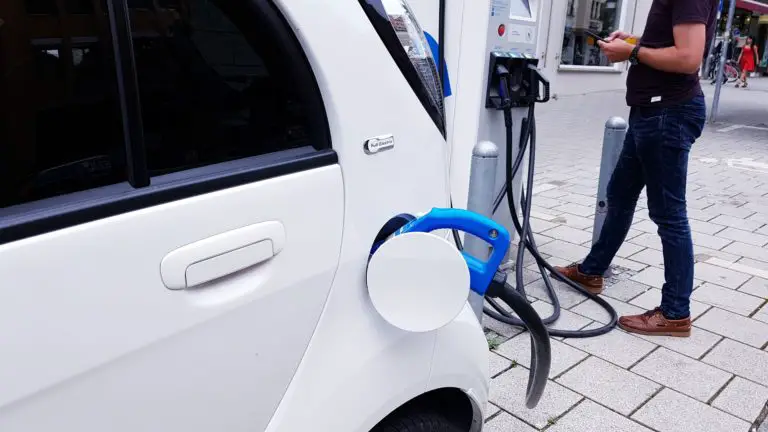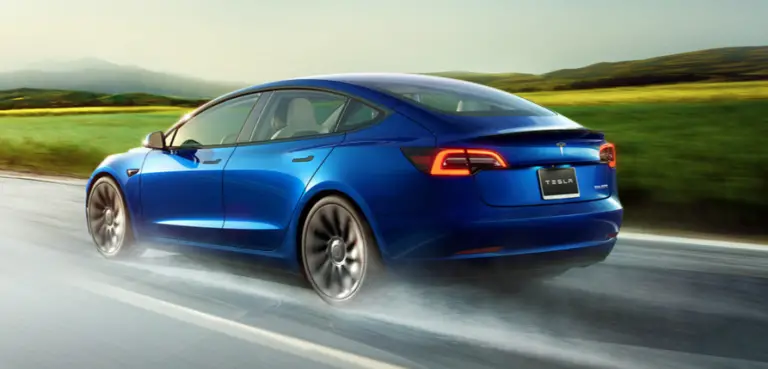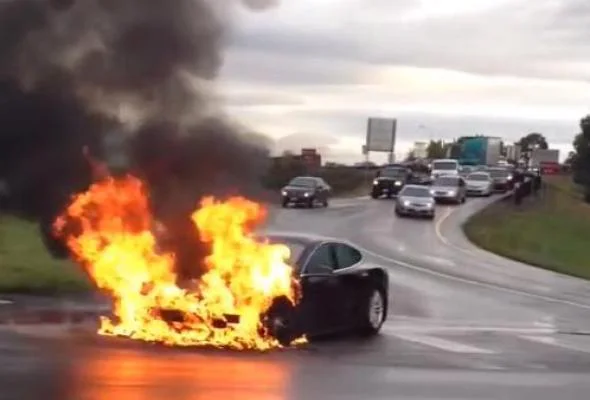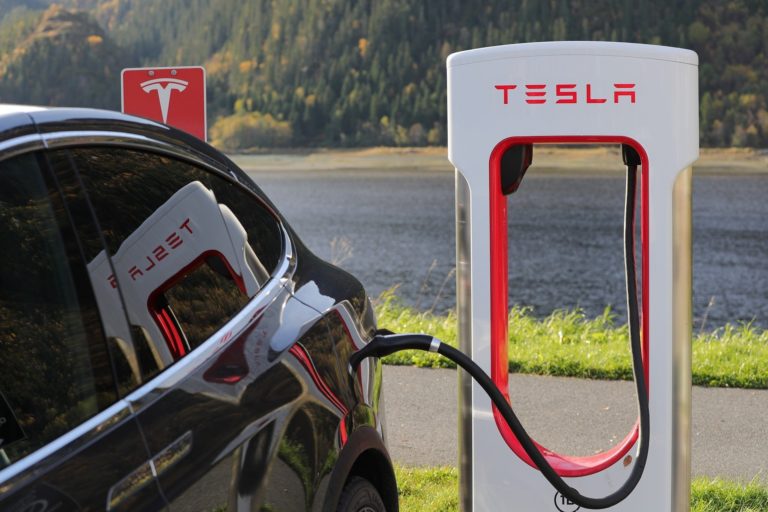Sleeping In a Tesla on Autopilot: Is It Safe?
Who remembers Michael Hasselhoff in the 2008 television show Nightrider? It was obligatory viewing for children and teens, and viewers fell in love with the car, turned character, KITT, standing for Knight Industries Two Thousand. Able to operate in fully autonomous mode, KITT and Hasselhoff saved the world from many evil menaces!
Sleeping in a Tesla is unsafe, and it is illegal. The system is meant to be a “driver assistance package,” which requires the driver to be awake and aware of their surroundings. If the driver is inattentive, the system delivers an escalating series of warnings.
Like the fictitious KITT, Tesla autopilot is a world-leading technology that may lead to fully autonomous vehicles that require no human interface to operate. The current state of the software requires an attentive driver to be conscious and aware.
Table of Contents
- Can You Sleep While The Tesla Autopilot Is Engaged?
- How Capable Is The Tesla Autopilot To Drive Autonomously?
- Tesla Has Promised A Full Self Drive Capability In The Future.
- Where Does The Tesla System Fail?
- Conclusion
Can You Sleep While The Tesla Autopilot Is Engaged?
It is illegal to sleep while a Tesla operates with the autopilot system engaged.
If the driver falls asleep accidentally, a Tesla is probably the safest car to do it in. The Tesla system requires the driver to periodically exert a degree of torque on the steering wheel to confirm that the driver is not in the land of Nod.
If the driver stops giving the steering wheel reassuring tugs, the software becomes alarmed and starts to get the driver’s attention.
A visual warning is shown on the center screen if the driver does not “activate” the torque sensor for 30 seconds or more. If the driver continues not to respond, the warning on the screen gets brighter.
At 45 seconds of non-response, the system gets more severe and issues an audible warning.
If you are fast asleep, after 60 seconds, the system will begin to slow the vehicle, eventually pulling over to the side and stopping.
Some owners claim they can jury rig a system of soda cans attached to the steering wheel, bouncing around and reassuring the software that all is well. Such a system may be possible, but the reality is that it is illegal to fall asleep behind the wheel of any car.
How Capable Is The Tesla Autopilot To Drive Autonomously?
This blog is not about the legality of driving and sleeping while the Autopilot is activated but rather whether the system makes it safe or not.
To answer this, let’s look at the functions and capabilities of the system.
The Tesla autopilot includes the following features.
Traffic-Aware Speed Control
The software operates very similarly to the systems used by other manufacturers called adaptive speed control. A radar senses the proximity of cars ahead and matches the vehicle’s speed to the one in front, subject to a maximum speed limit that has been set.
An Auto Steer Feature
Autosteer ensures the vehicle stays within the road’s lane lines. Once again, this is not a unique feature and is available on most other manufacturers’ cars with an adaptive speed control system.
Active Safety Features
The active safety features are like those found on other vehicles and represent the overall state of technological development.
A Feature To Automatically Park The Vehicle
A similar function is available on most other makes of vehicles. It works by automatically parking the car in a parallel or perpendicular parking bay.
A Summonsing Feature To Make The Vehicle Drive To Your Location
This technology enables Tesla to navigate more complex environments and parking spots. It will maneuver around obstructions to get to the summoner.
Automatic Lane Change
The functions provided by the feature point to where Tesla starts getting smarter than other manufacturers; when the driver activates the indicator, the Automatic Lane Change software checks that there is no conflicting traffic and moves the car automatically into the next lane.
Traffic Light And Road Sign Recognition
A function that recognizes and responds to traffic lights and road signs. Similar systems are available on other makes of cars; however, the Tesla system is more advanced.
This software identifies road signs and adjusts the vehicle’s speed to comply with the instruction.
When presented with Stop signs or red traffic lights, the system will bring the vehicle to a complete stop. Even when a traffic light is green, the software will slow the car to a halt, and to continue, the driver must override the system.
The current system is described by Tesla as being a BETA version, which is actively being tested.
Navigation System Slave To The Autopilot
Called the “Navigate By Autopilot” system, this is the beginning of self-drive territory. At the beginning of the trip, the driver inputs the destination and activates the “Autopilot.” When this system is enabled, the 360-degree route displays on the center display and shows a single blue line that highlights the suggested path of travel.
Navigate By Autopilot guides a car through highway interchanges and exits and makes lane changes automatically if the driver has handed permitted automated lane changes by the system.
Several consumer bodies have stated that they don’t think this system is sufficiently mature. Multiple testers reported that cars often changed lanes by cutting too closely in front of following cars and passing on the right.
Tesla Has Promised A Full Self Drive Capability In The Future.
Tesla states that the goal is for the vehicle to operate exclusively without a driver.
Although the various software features allow a measure of autonomy, the system is not yet fully autonomous.
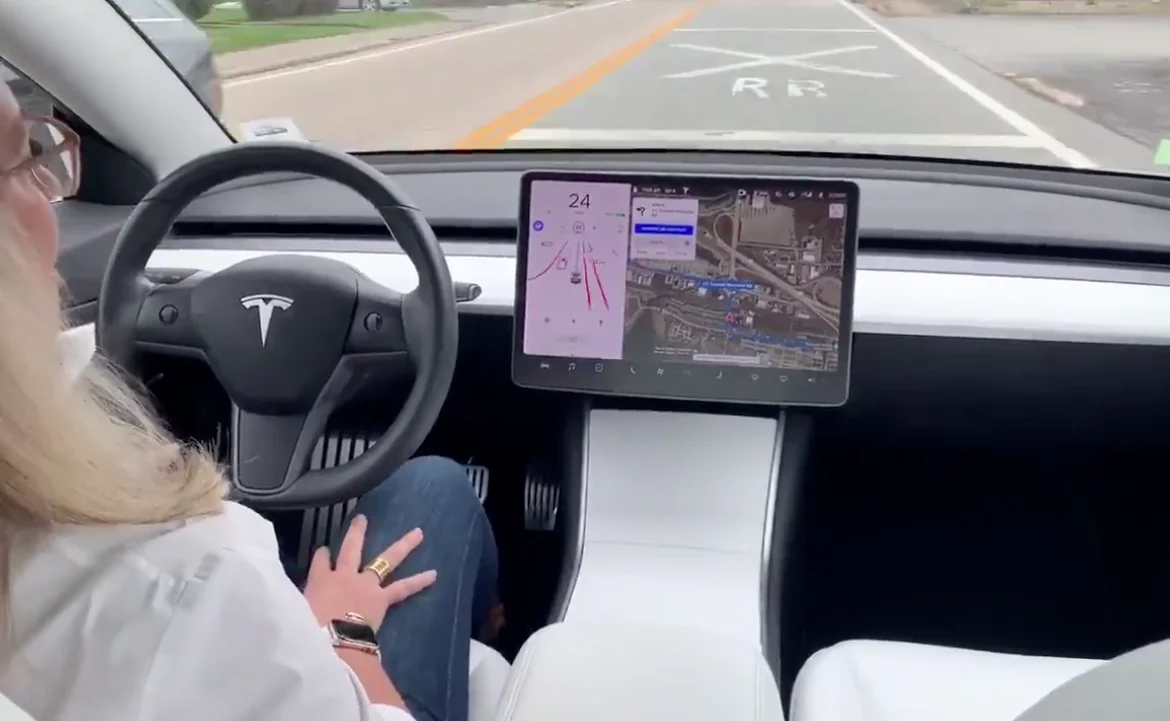
Where Does The Tesla System Fail?
Using the word “fail” is probably inaccurate; however, it is not infallible. Because it uses cameras as the primary “eyes” of the software, there are situations where it cannot operate optimally.
These include:
- Something damaging or covering the Tesla cameras
- Unclear road markings
- Roads without markings
- Damaged Road Surfaces
- Conflicting road signs
- The system is malfunctioning
- Road construction confuses the system
- An accident is taking place for which the car can’t compensate
- There have been instances when Tesla’s, on autopilots, have crashed into police roadblocks
Other random factors can affect a Tesla’s behavior on the road. With the latest software, it does recognize emergency vehicles and does slow the car down; however, it doesn’t pull over to make way for the emergency vehicle.
When the system cannot safely control the vehicle, the driver must take control.
Conclusion
It is not safe to deliberately sleep In a Tesla while on Autopilot. If the driver accidentally falls asleep, the autopilot systems will first try to get the driver’s attention and, failing this, brings the car to a stop; this is an outstanding safety feature.
There is no doubt that Tesla leads the Electric vehicle wave. They have many more years of learned knowledge and developed infrastructure than any other manufacturer. Although the company regularly states that a full self-drive mode is “just around the corner,” the current state of the software is not capable yet.
Amazon and the Amazon logo are trademarks of Amazon.com, Inc, or its affiliates.

